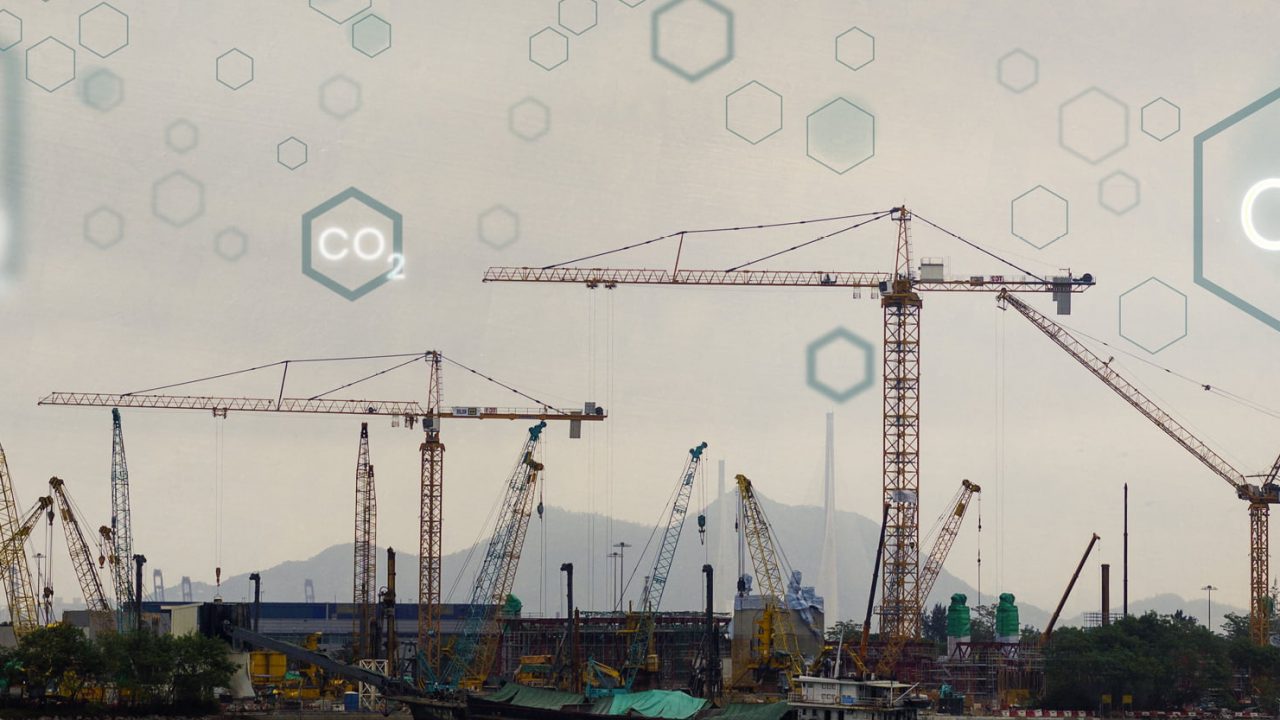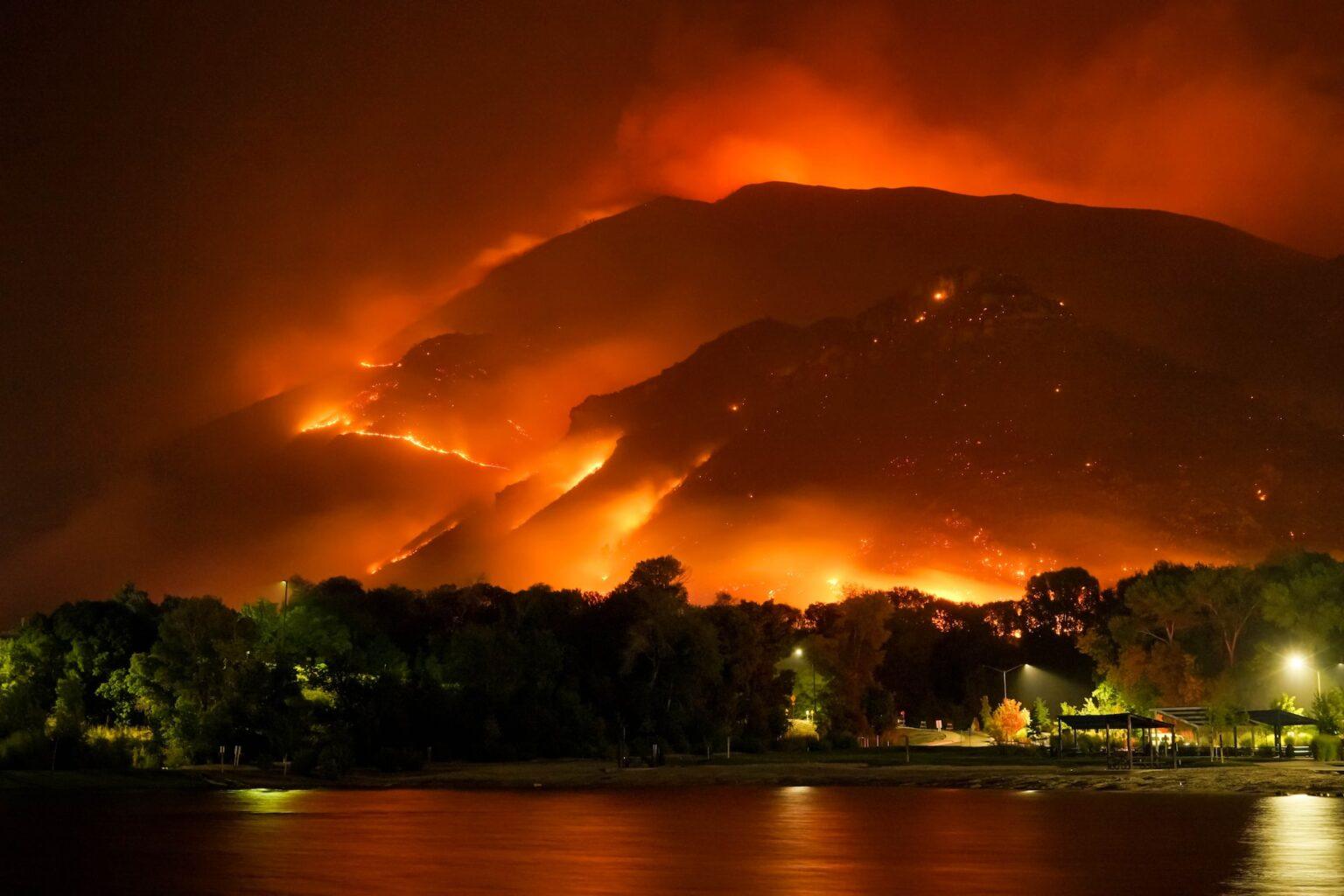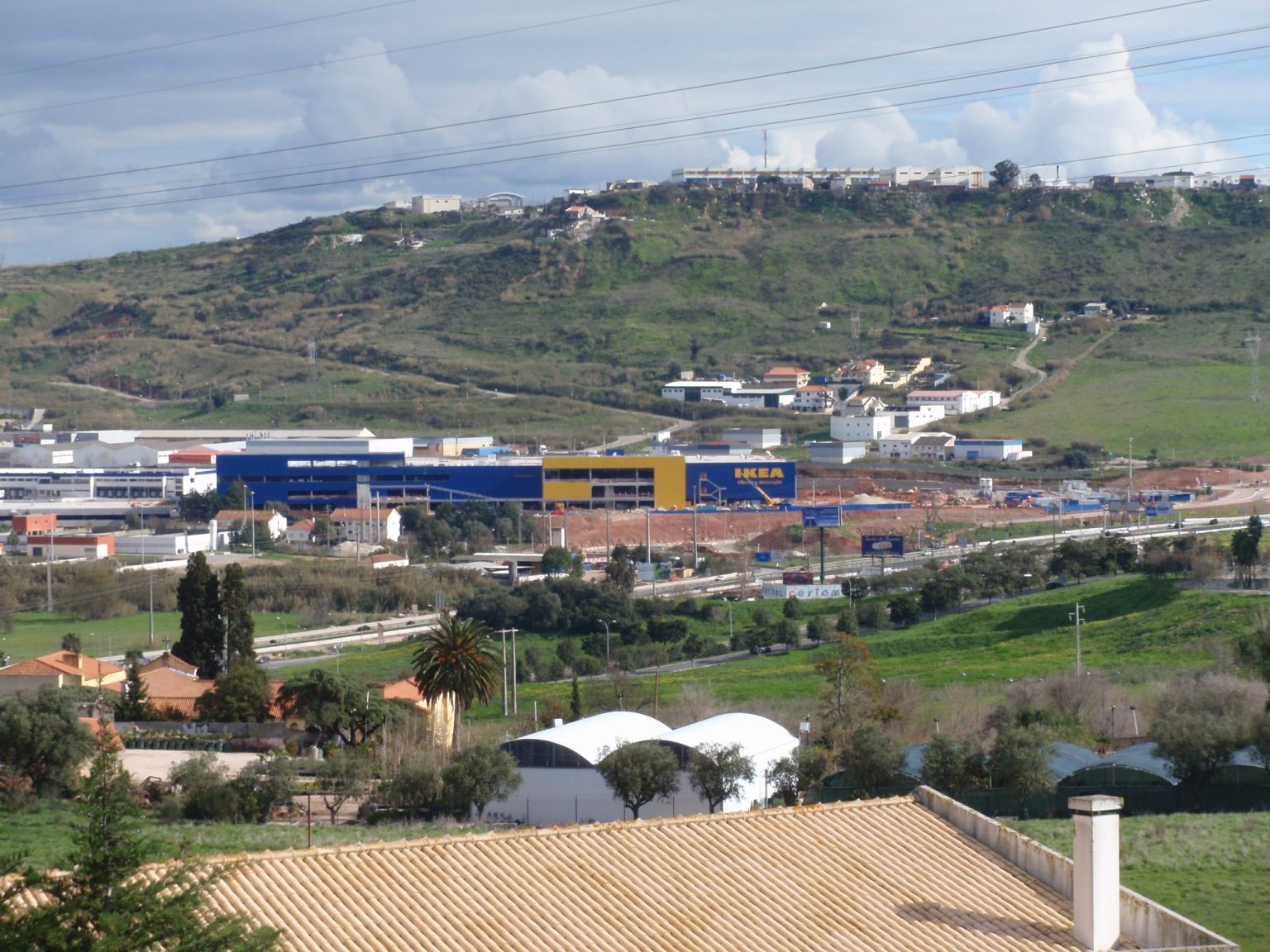Once again, the recently issued Sixth Report of the IPCC on global warming paints a rather grim picture of our common global future. The report, written by 200 scientists and approved by 195 countries, came at a time when sections of Turkey, Italy, Siberia, and Greece were still burning with some areas suffering from temperatures close to 500C. Canada’s recent heat wave also got temperatures up to almost 500C. Meanwhile, Germany’s 2021 flood was estimated to cost €30bn.
Today, it is a time when NASA is able to present its data without having to be afraid to get its budget cut by conservative politicians for using the words “global warming”. Yet, conservatives and right-wing populists are all too eager to replay the Galileo Galilei vs. Catholic Church power struggle in which, the world’s foremost astronomer had the knowledge but the church had the power and the instruments of torture.
As the journal Nature said on the IPCC climate report, earth is warmer than it’s been in 125,000 years. Collectively, the 7.9bn people on earth have moved earth into what we know as Anthropocene – the geological epoch dating from the time when human beings began to make a significant impact on earth’s geology and ecosystems. Some set the Anthropocene’s starting date as the early 1950s – the beginning of routine above-ground atomic testing. Anthropocene means rampant global warming.
By 2021, we have impacted on more than half of all our ice-free land on earth and we have indirectly impacted on the other half. People have built dams and re-directed, straightened, and “managed” (sic!) almost all of the earth’s largest rivers. We have constructed gigantic factories and fertilizer plants and used their products to increase crops to feed almost 8bn people. We have produced more nitrogen than our ecosystems have ever mustered before. Meanwhile, air planes, cars, and power stations emit 100-times more carbon dioxide than the earth’s volcanoes do.
At the same time, we have over-populated the planet. The combined biomass of all people on earth outweighs that of all wild animals – many of whom we have been eager to kill or bring to extinction. We are rapidly moving towards the 6thMass Extinction.
Worse, for every wild animal still alive – we have eight people on earth. This is simply unsustainable. And, it is getting worse. The combined biomass of human beings and the livestock we keep to eat outweighs all other animals with the exception of fish. Given the current rate of overfishing, people will soon pass this gruesome milestone as well.
Yet, we remain asphyxiated in the hallucination that the problem of controlling our climate can be fixed with more control. Even before Rachel Carson’s Silent Spring (1963), we have surrounded ourselves with politicians who think that global warming can be eliminated through the time-honored 3D-propaganda: deny, distract and diminish.
First, they deny that global warming is a problem; when this is no longer possible, they distract through all kinds of sideshows, e.g. changing light bulbs, clean coal, etc.; once this becomes no longer possible, propaganda moves on to diminish the relevance of global warming, global environmental vandalism, the shrinking of biodiversity and looming mass extinction of – not just – animals!
For many years, global biodiversity has been a very serious crisis. In fact, the rate of annihilation has actually increased in recent times. Extinction rates are now more than 100-times higher than what scientists call the background rate – the normal rate of extinction throughout the earth’s bio history. The normal rate occurred mostly before people became the primary driver of extinctions, i.e. now.
The destruction of biodiversity now extends across all continents and all oceans. Yet before we kill them, we have invented handy categories for those already extinct and those set forward to be extinct animals. Today, we categorize species as endangered. Meanwhile, innumerable other animals are heading – almost all with our help – into the direction of mass annihilation.
All this includes a list of familiar birds also in steep decline involving recognizable creatures such as chimney swifts, field sparrows, and herring gulls. Yet, even among insects, extinction is now happening as we move towards Silent Earth – Averting the Insect Apocalypse.
This is a class of animals that was for a long time – and rather mistakenly – seen as being extinction-resistant. Yet, insect numbers have been dropping very fast. This is known as the Wind Shield Phenomenon. In short, the entire ecosystem of earth is under a very serious threat. Eventually, this will impact on us.
It’s often observed that nature is actually inextricably linked to culture. The idea that there is something we call “nature”, is actually something that came about when human beings had something other than nature – something non-natural like technology, art, consciousness. Most likely, around the time we started to separate nature from non-natural things, we not only invented nature but culture started to become enmeshed in it. All this started to emerge a very long time ago.
About 20,000 years ago, we made a great leap forward in turning nature into something non-natural. It is the time when humans began to domesticate wolves. They became dogs. The result were plenty of new species. But we also came up with two entirely new classifications. From then on, we had animals that are tamed and we had animals that are wild.
About 10,000 years later, we started to domesticate wheat separating nature into weed and non-weed and, thereby segregating plant life in our world into two groups. To us, some plants became crops ready for harvest while others, we sadly identify as weeds. They are essential for earth but to us they are deemed non-exploitative. They are useless to us, as we have been made to think. This marks the brave new world of the Anthropocene and Capitalocene. To the detriment of nature, these pathological divisions keep multiplying.
Worse, for almost every species that became ready to be exploited by humans, many more species in the wild have also declined. Even more worse is the fact that our destruction of nature has led to even gloomier terms enabling us to describe the environmental vandalism we are causing. According to the IUCN, we catalog those animals that we destroy on a so-called Red List.
Shortly before these animals are killed off or made extinct, we group them as vulnerable or as endangered, or as critically endangered, or as extinct. Adding to human madness, the category of extinct even has two sub-categories: extinct in the wild and possibly extinct. The latter is for animals when deemed probable that they have disappeared – but their disappearance isn’t confirmed yet. Much of this madness signifies what we call civilization.
Other animals and living organisms that our civilization is about to destroy is Australia’s Great Barrier Reef. Most recently, Australia’s neoliberal government managed, through skillful lobbying, to avoid UNESCO’s in dangercategory. Yet again, neoliberal political lobbying won the day and the Reef, nature and inevitably humanity has lost.
The Reef’s recent coral bleaching started with a heat wave in Hawaii in 2014 and arriving at the Great Barrier Reef in 2016. By the time it ended, 90% of the Reef was under distress, as 50% of all corals had died. As water temperature rises, algae go into overdrive sending off dangerous levels of oxygen. To protect themselves, corals eject their algae and turn white. Unless the heat goes down through cooler weather, corals starve to death.
Cooling down is rather unlikely as we do the opposite. We heat up earth in a process that started a long time ago. It may began with Thomas Newcomen’s fuel-burning engine of 1712 that was used to pump water out of coal mines to increase profits. In 1776, his machine markedly improved by Watt’s steam engine setting up the Age of Steam Power.
In the very same year of James Watt, early factories and workshops discharged 15 million tons of CO2; by 1800, it was 30 million tons; 50 years on and it was 200 million tons a year; by 1900, it had reached 2 billion; and today, it is a whopping 40 billion tons.
Since the days of Thomas Newcomen and James Watt, temperatures have increased by 1.1°C. This may sound rather small but, still has very serious impacts resulting in droughts that are ever more severe, storms that are angrier, fires that are stronger, and global heat waves that are more common, longer and deadlier. Meanwhile sea-levels continue to rise.
Worse, this stuff piles up. CO2 emissions have a cumulative effect as some countries pump up more than others. The USA’s 4% of global population creates a whopping 30% of all emissions; the EU’s 7% produce 22% of all CO2emissions; China’s 18% produce just 13% CO2 emissions; India makes just 3%; and all the African continent just 6%. Already in the year 1965, US President Lyndon Johnson’s issued report on global warming that noted oceans would rise about four feet (122cm) every ten years or forty feet (1.22 meter) per century.
Geologists argue that the space to watch is Greenland. There, the temperature on its ice-sheet showed violent swings during 90,000 of the last 100,000 years. A volatile climate was a fact of life until the earth’s climate started to settle down about 10,000 years ago.
Yet for 90,000 years, earth experienced temperature swing of up to 10°C. Unexpectedly, it became warm and dry. Shortly thereafter, it was cold with lots of rain. Plants died or were eaten by pests as areas dried up or were flooded. Suddenly, London became Sydney and then it changed back in a very short time. This is what earth’s unpredictable temperatures looked like for the last 100,000 years.
The last great and very unpredictable temperature and climate swing came towards the end of the last Ice Age. After that, temperatures increased by about 9.50C in just one decade. Surprisingly, after that our climate settled down. It became rather stable and predictable.
Between about 10,000 years and the recent arrival of the Anthropocene, earth’s climate was relatively stable. For the last 10,000 years, year after year, decade after decade and even century after century, our climate was steady, predictable and foreseeable. This allowed for one of the most momentous shifts in humanity.
Virtually everything we call civilization falls within these 10,000 years. A period of relative climate tranquility. Even though the last 100,000 years were stable, we – rather mistakenly – tend to think that this kind of stable climate is the normal state of affairs on earth. This is by no means so. It never was so and, by all indications, it will never be so. Once you realize that the earth’s climate is in fact inherently unstable, the last thing you’d want to do is to mess with the earth’s climate. Yet, this is exactly what we have been doing for decades – we have unhinged our climate.
By no means incidentally, but 10,000 years ago was the time when the earth’s climate stabilized but it was also the time when human beings made one of its most significant inventions ever. Unlike the common perception that the invention of the wheel was the most important thing humans have ever created, in reality it was something entirely different.
The climate stability that started about 10,000 years ago gave us the perfect conditions for our most important invention ever: agriculture. Virtually, our most important civilizations in Persia, in China and in India began effectively at the same time: around 6,000 years ago.
Based on climate stability that allowed agriculture to flourish, human beings created a steady supply of food. This allowed us to develop things like writing, build sophisticated social structures and organizations, early science, and we started to build city-like settlements.
All this became possible because a stable and predictable climate gave us agriculture and plenty of food. Some have argued that if the earth’s climate would have become settled and predictable, let’s say about 50,000 years ago, civilization might have started 50,000 years ago.
Yet, instead of maintaining the relatively short period of stable and predictable climate that allows us to feed today’s eight billion people, we do the very opposite. We have unhinged earth’s climate. In front of our eyes, the climate of our world is spinning out of control giving us heat wave after heat wave, more droughts, another record flood, etc.
These are the unmistaken signs that we are moving Back to the Future of climate instability. We are on the onset of a time when our climate has become unstable and unpredictable. This may disallow us to continue with agriculture as we know it.
Much of this moving backwards is related to a loss of the earth’s sea ice in the Arctic. Earth After Ice will not just mean no more skiing. It may well mean global annihilation. Global warming also means that since 1990, ice loss in Greenland has increased sevenfold – from losing 30bn tons to 200bn billion tons a year. These are unimaginable numbers.
To make it real, this might help: in the 2019 summer, Greenland lost 6bn tons of ice. 6bn tons of ice is the water one needs to fill a swimming pool the size of California – 60cm high with water. The problem is that, we are not losing 6bn tons but 200bn tons of ice – 33 times as much or 33 California-size swimming pools filled with 60cm of water – every year.
This is what global warming means: rising sea levels and floods: Dark Water Rising. Worse, once Greenland’s ice has melted, it turns white ice into dark soil. Dark soil absorbs more sunlight while white ice reflects sunlight. This will turbo-charge global warming.
Since many of our cities are close to the coast, a lot of cities will be flooded from Miami to Boston to Mumbai to Shenzhen to Sydney to New Orleans to Shanghai to Tokyo to New York to Dhaka to Calcutta – the list continues.
If the world continues to sit on its hands, ice will continue to melt until it totally disappears. This process is set to accelerate. Worse, even if CO2 are reduced – something that looks unlikely – it will take decades for our climate to stabilize – if this is possible at all.
Unless, we can manage to stabilize our climate very soon and avoid moving into a time that existed before 10,000 years ago when earth’s climate was so unpredictable that it did not allow us to have agriculture, we are in dire straits. Without stable climate, there was no agriculture and there may very well be no agriculture.
Without agriculture – we cannot sustain a population of 7.9 billion. Around 10,000 BC, earth’s population ranged between 1 to 15 millions – somewhere between the size of a city like Oslo (one million) and Buenos Aires (15.2 million). That was earth’s total population when agriculture began.
Without agriculture – this may well be the range to what earth’s population might go back to. Improved agriculture during the last 6,000 years might improve this number by 100x, which means not 15 million but 1.5bn people.
If we get fantastically lucky, we might even double that number and arrived at 3bn people, which is surprisingly close to the 3.9bn people that some estimated to be a sustainable number of people to populate earth. That is the good news. The bad news is, that this is only about ½ of earth’s current population.
As a result of global warming and an increasingly unstable climate followed by a massive failure in agriculture, a global collapse might indeed become imminent. Without stable climate and the looming end of agriculture as we know it, not just millions but possibly billions – will starve and potentially die. Yet, it will be those who cannot possibly know what is coming. These are the walking dead of global warming.
This article was published on 23 August 2021 at CounterPunch.
The Barricade is an independent platform, which is supported financially by its readers. If you have enjoyed reading this article, support The Barricade’s existence! See how you can help – here!
Also, you can subscribe to our Patreon page. The Barricade also has a booming Telegram channel, a Twitter account and a YouTube channel, where all the podcasts are hosted. It can also be followed in Rumble, Spotify, SoundCloud and Instagram.










